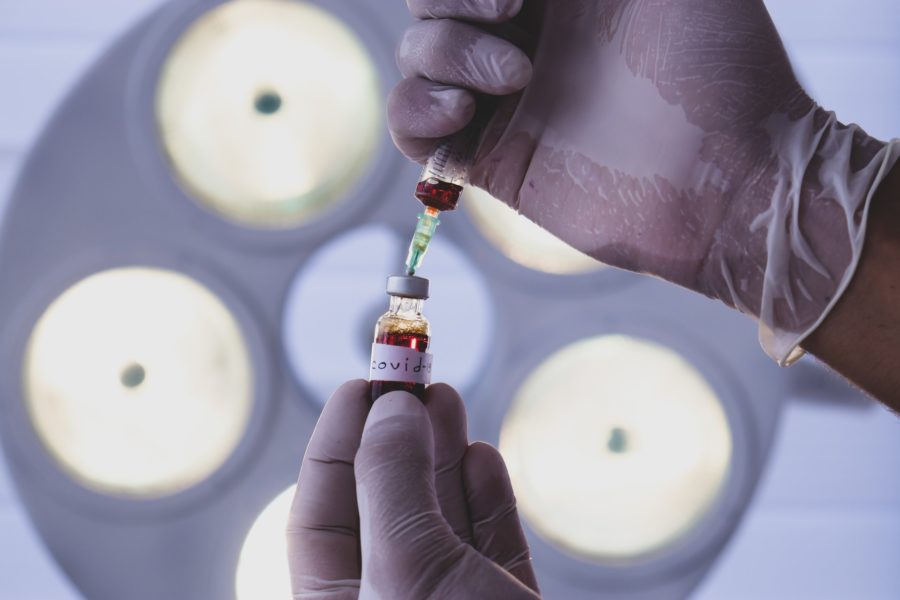December 9, 2020
Distributing COVID-19 Vaccines Testing Global Supply Chains

With a highly condensed COVID-19 timeline for vaccine readiness and distribution, supply chain capacities are being stretched and tested.
While typical vaccine development takes eight to 12 years, followed by supply chain establishment, and finally a large-scale manufacturing and distribution ramp up, each step of that process has been dramatically accelerated.
Further complicating transportation and supply chain logistics is the issue of cold storage, with vaccines like the one developed by Pfizer needing to be kept below -70 degrees Celsius.
The demand is not entirely unprecedented. Cold food chain systems already exist for seafood and ice cream, for example, but the sheer volume to meet the demand of the global distribution of vaccines is where the challenge lies.
Last month, the FAA lifted its standard dry ice limit so United Airlines can begin flying chartered cargo flights loaded with 15,000 pounds of dry ice — five times more than normally allowed — to support international distribution of Pfizer’s COVID-19 vaccine. The drugmaker reportedly designed suitcase-size boxes to allow for more flexibility and rapid deployment.
American Airlines began its own trial flights from Miami to South America to prepare for its role in transporting the COVID-19 vaccine, stress testing its thermal packaging and operational handling process to ensure the doses are distributed in ample conditions.
Once the vaccine arrives at the distribution hub locally, a whole new set of worries arise. While many anticipate the first few batches of the vaccine to fly off the shelves, once the demand slows the amount of time a vaccine can sit on a shelf or require refrigeration is another concern.
An unbroken cold chain has to be maintained from the time the vaccine comes off the production line at Pfizer’s manufacturing facilities in Kalamazoo, Michigan, and Puurs, Belgium, right through to when it is thawed to be administered.
If the cold chain fails, the vaccine can degrade and even become contaminated with bacteria.
At University Hospital in New Jersey, CEO Shereef Elnahal has assembled what he describes as a “tiger team” staff, involving all facets of his operations, from the pharmacy to legal advisers, to ensure the hospital is complying with all guidelines and recommendations from the federal and state government. The team has been conducting stress tests for several weeks now, to ensure that its vaccine distribution plans and cold storage facilities are foolproof, when the actual doses arrive.
The new chain of storage and distribution being created is likely going to have long-term use.
Dr. Anthony Fauci, director of the National Institute of Allergy and Infectious Diseases, said at the Milken Institute Future of Health Summit Monday that mRNA, the technology used by Pfizer and BioNTech (BNTX), as well as Moderna (MRNA), is the future of vaccines.
Ultimately, execution of vaccine distribution will fall upon the shoulders of logistics workers, such as loading dock operators, truck drivers, air cargo handlers and package sorters.
The American Trucking Associations advocated for truck drivers to receive vaccine priority to minimize distribution delays. The Centers for Disease Control and Prevention has recommended transport workers for “Phase 1b” of inoculation, meaning second in line after healthcare workers to receive the COVID-19 vaccine.
(Source: Yahoo Finance)